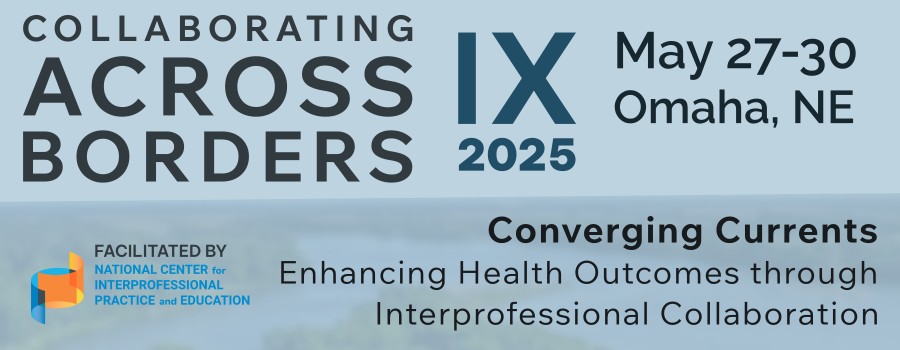Oral Presentation - Programmatic/Innovation
The Family Tree: Using AI to Grow Your Case Study Library
-
CDT
Room: St. Nicholas A
Track:
- Innovative Approaches to Interprofessional Pedagogy and Education Science
The Office of Interprofessional Curriculum (OIPC) serves as a resource for eleven schools at our institution. Having a variety of simulated interprofessional patient cases available helps faculty meet the needs of students. Using a family tree structure can support bringing in social determinants of health interwoven into the storyline. AI can be effective for generating ideas for new case outlines and stimulate the development process to expand patient case libraries.Implementation: A 'family tree’ was constructed and included a video introduction with integrated resources for each patient case. AI was used to generate new case outlines for expanding the family tree. This added to the interprofessional library for activities, including cases tailored to specific health and social conditions. Starting with the ‘grandfather’, family members were strategically added to span four family generations. New family members are featured when new case-based activities are introduced to achieve competencies across the learning continuum.Evaluation plan: The family-based framework has streamlined the case development process and has enabled the team to strategically create additional opportunities for interprofessional learning around the social determinants of health. Student post-activity survey feedback has highlighted to value of intentional family connections with patient cases. Feedback from faculty supports the continued use of the family tree approach. Assessment of activities using AI assisted case development is ongoing.Outcome(s) and significance: The outcome of this work is a living and adaptive ‘family tree’ that links learner IPE activities conducted across the academic institution to a clear framework for interprofessional competency development. The ‘family tree' can be adapted for any profession’s learner group. The use of AI allows our team to create a greater variety of patient cases that meet the needs of faculty and students from multiple programs.
Learning Objectives
- Describe the importance of creating realistic cases for interprofessional educational activities.
- Discuss the creation of adaptive family trees cases using AI technology
References
- 1. Bodenheimer t., Sinsky C., From triple to quadruple aim: care of the patient requires care of the provider. Annals of Family Medicine, 2014 Nov-Dec 12(6) 573-6
- 2. Edgelow, M., Van Dijk, J., Medves, J., & Saxe‐Braithwaite, M (2009). Core Curriculum Guide for Teaching Interprofessional Competencies in Pre‐Registration Education Settings Report #5 of the Interprofessional Education Curricula Models for Health Care Providers in Ontario working group to the Interprofessional Care Strategic Implementation Committee. Kingston: Queen’s University
- 3. Interprofessional Education Collaborative. (2016). Core competencies for interprofessional collaborative practice: 2016 update. Washington, DC: Interprofessional Education Collaborative
- 4. National Center for Interprofessional Practice and Education, Carl in the Nexus,” 2017



